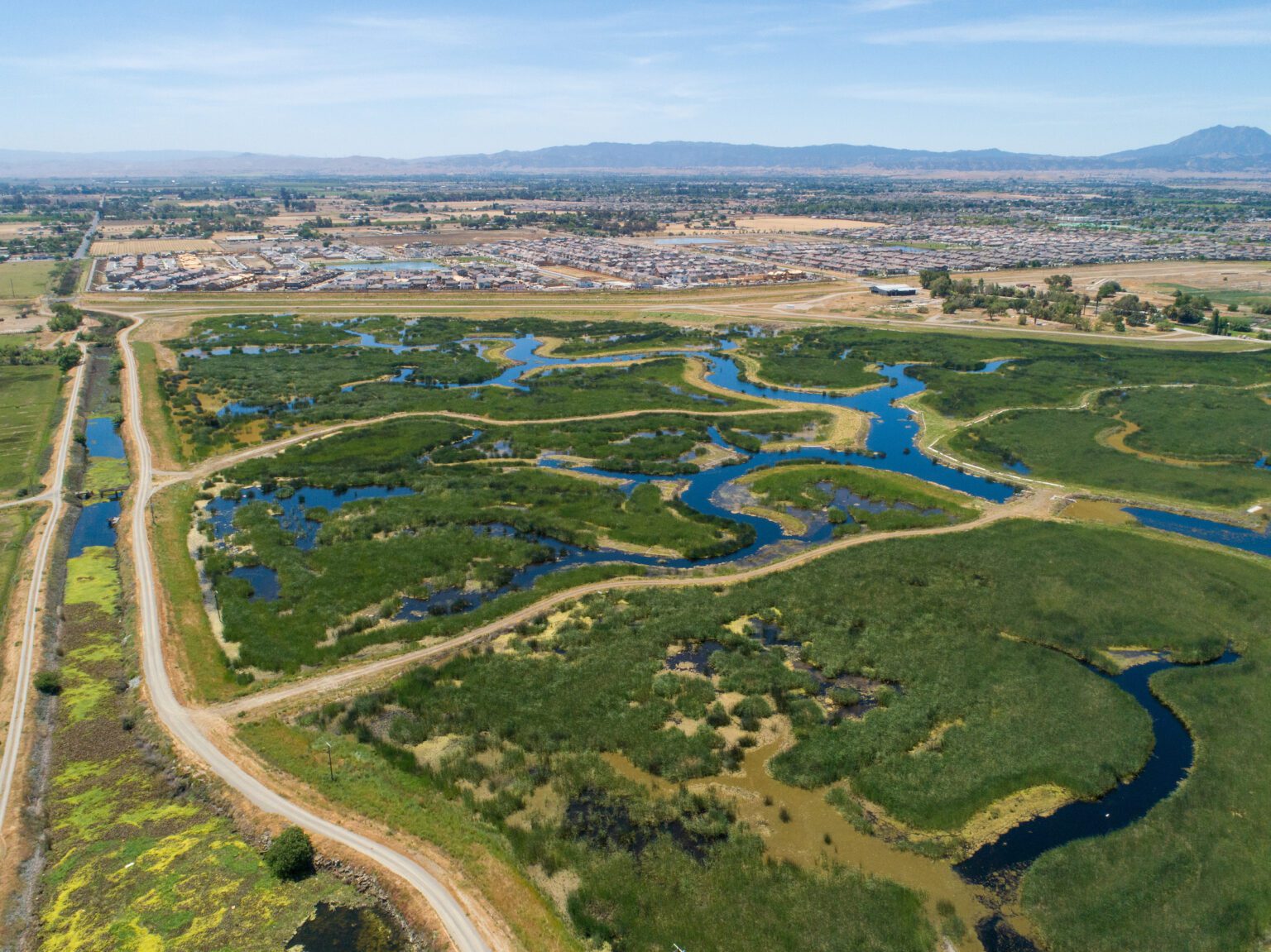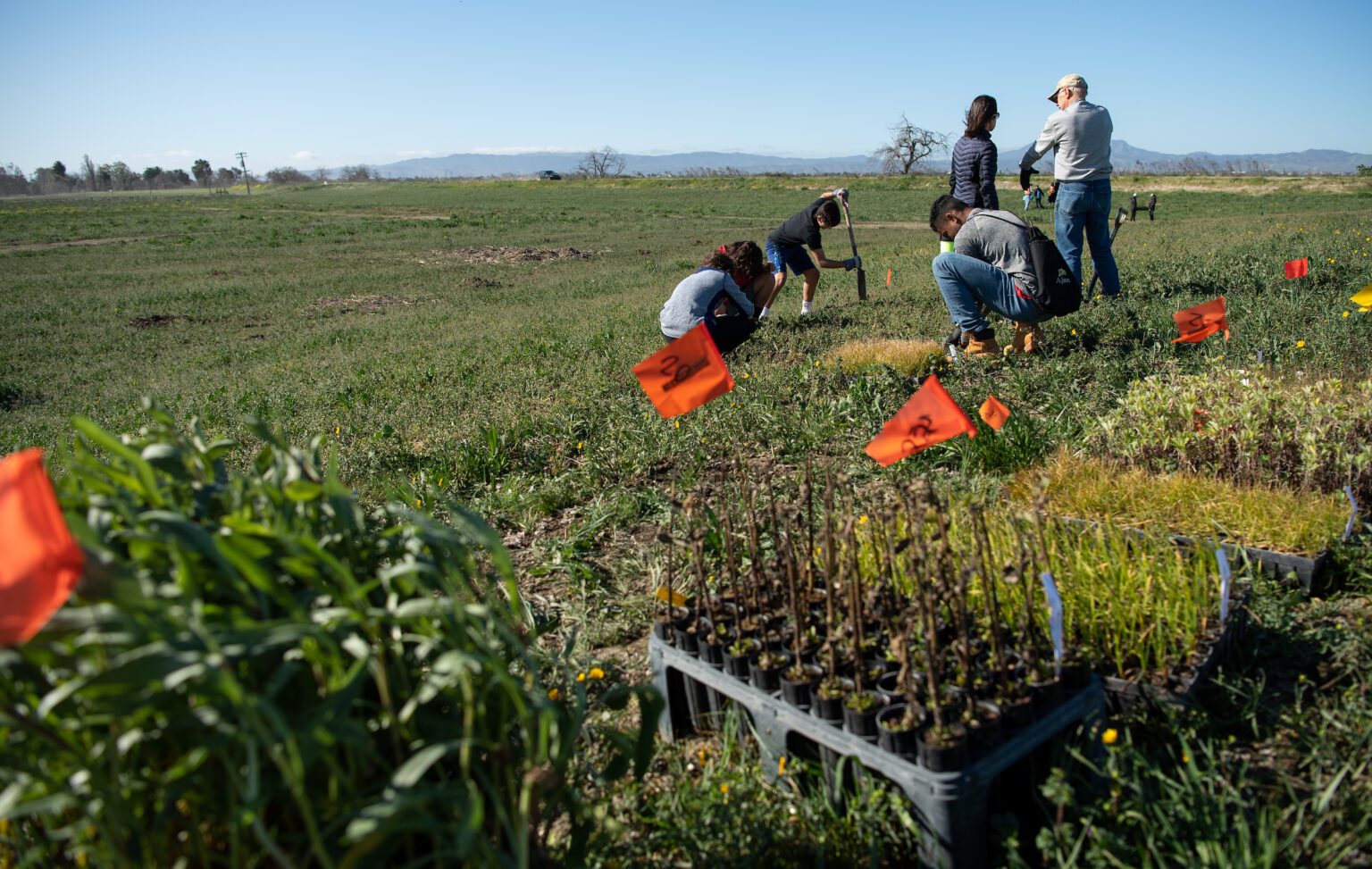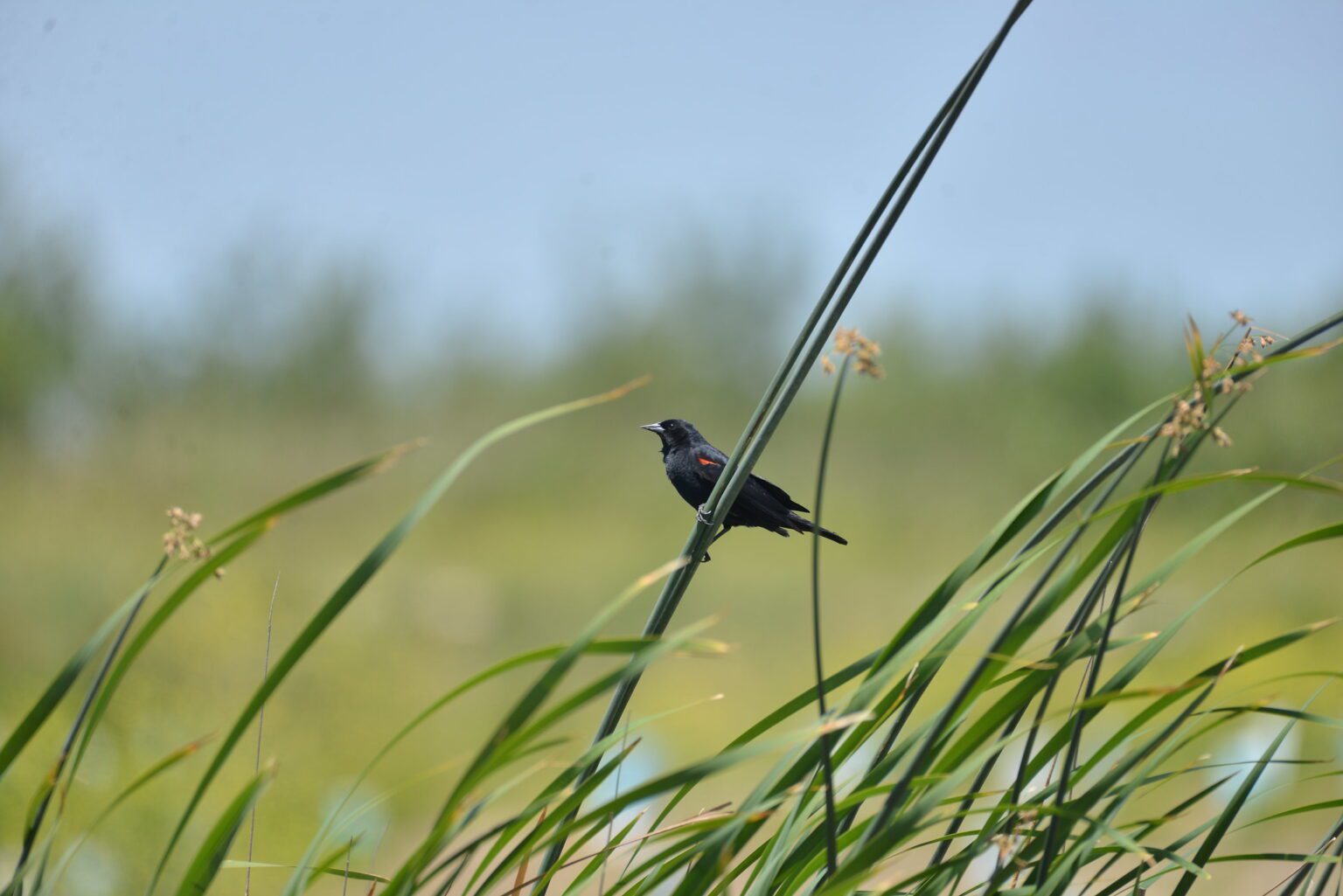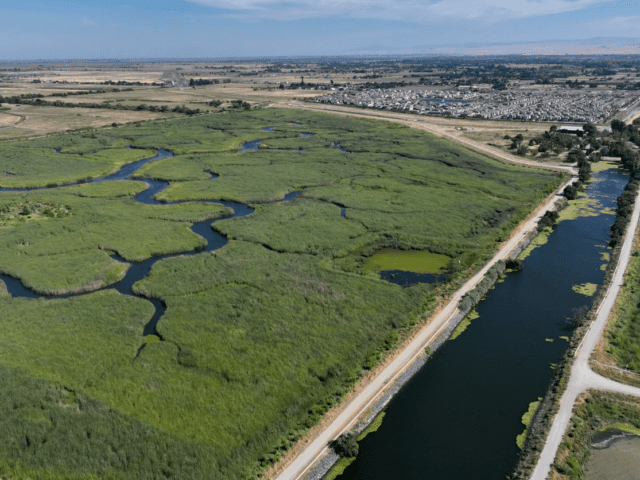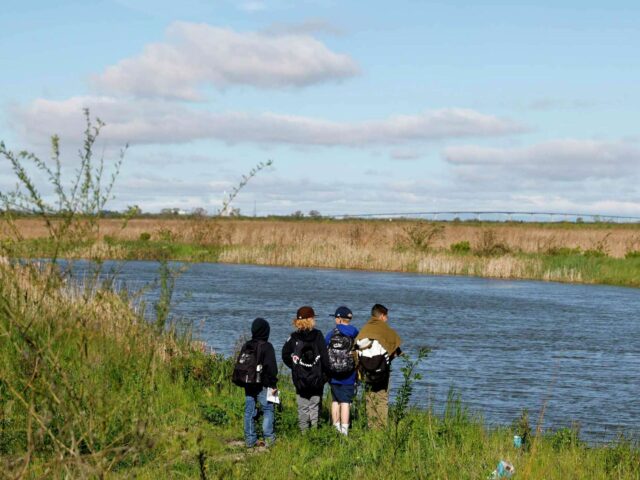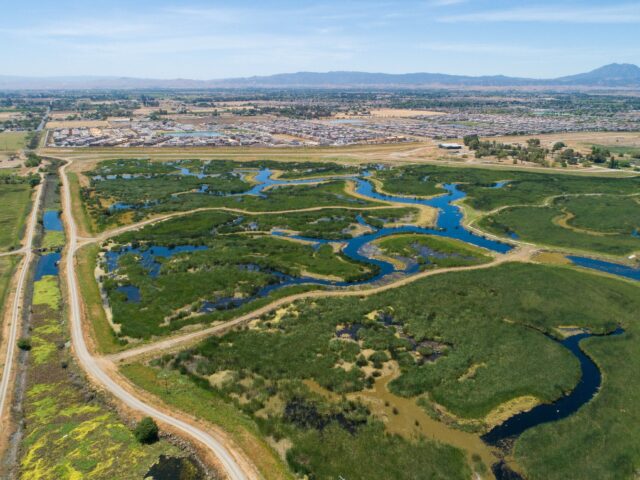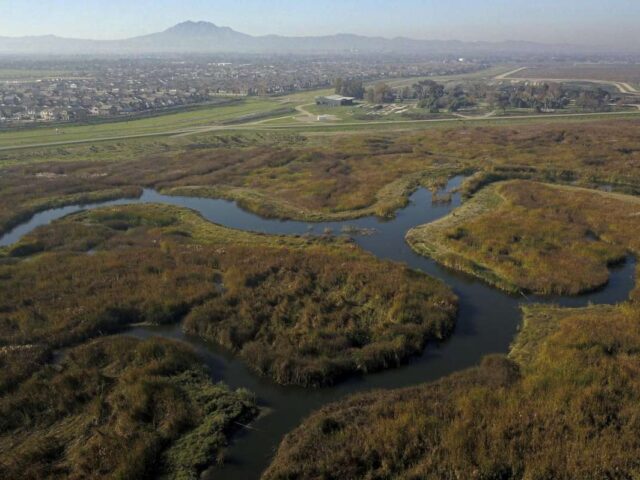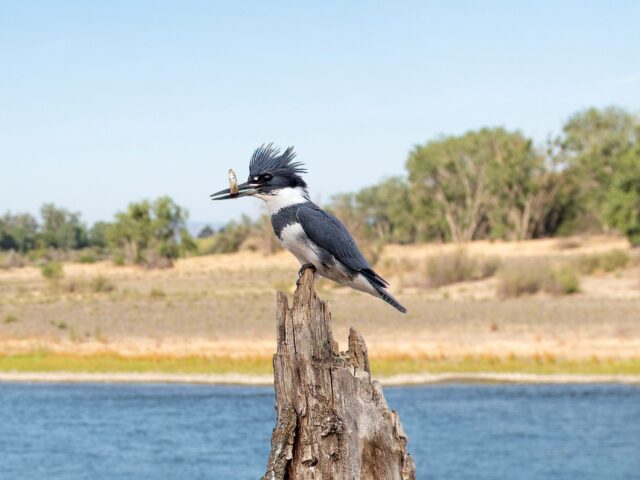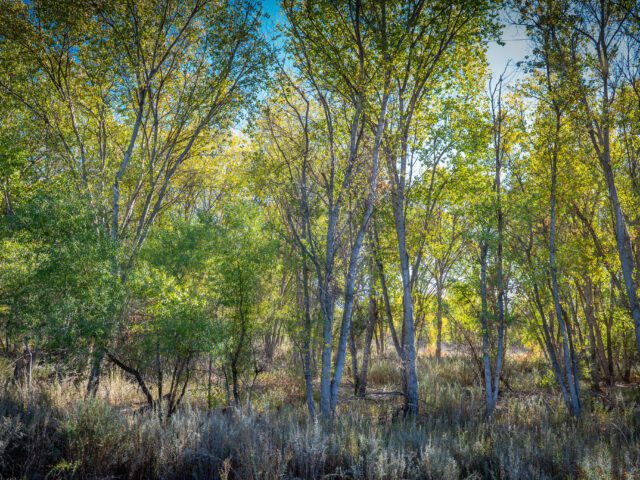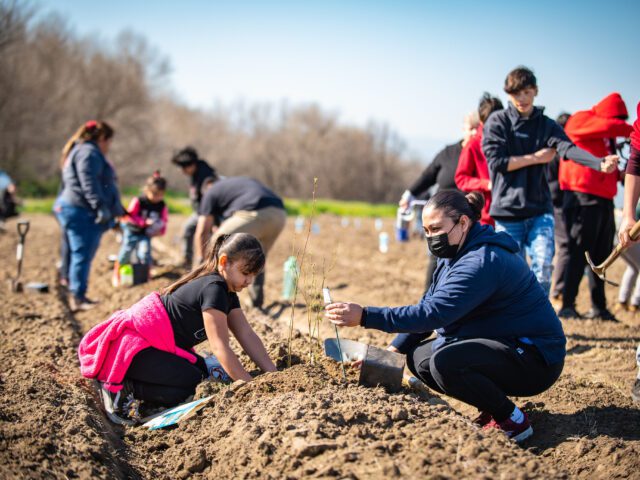In partnership with the CA Dept. of Water Resources, River Partners completed one of the largest Bay-Delta freshwater tidal marsh restoration projects in state history. The project involved transforming a 1,200-acre cattle ranch into a wildlife haven at the confluence of the Sacramento and San Joaquin rivers. Nearly 20 years in the making, the project establishes a model for Bay-Delta restoration that benefits a trove of imperiled species, local communities, and the collective understanding of how to maximize future Delta restoration. Dutch Slough is part of DWR’s California EcoRestore initiative, which aims to restore 30,000 acres of critical habitat in the Delta to rebuild dwindling populations of native wildlife, including migratory birds and fish.
The historic Dutch Slough restoration was made possible through generous funding and support from: California EcoRestore, the U.S. Environmental Protection Agency, U.S. Fish and Wildlife Service, State Coastal Conservancy, California Department of Fish and Wildlife, City of Oakley, Contra Costa Water District, Sacramento-San Joaquin Delta Conservancy, Natural Heritage Institute, American Rivers, and Reclamation District 2137.
Project Impact
700 acres restored
70,000 native trees and vegetation planted
6 priority species protected
PLUS
living laboratory for scientific research and understanding of ecological restoration in the Delta
About Dutch Slough Freshwater Tidal Marsh
Even just 200 years ago, the vast Sacramento-San Joaquin Delta supported an expansive fresh-water tidal marshland host to hundreds of interconnected animal species. European settlers diked and drained these marshes for agriculture starting in the Gold Rush era. By the late twentieth century, virtually all of these wetlands were destroyed for agriculture and developers were proposing new housing developments where the tide once ebbed and flowed.
Back in 1998, River Partners’ Director of Conservation, John Cain was working to identify tidal marsh restoration opportunities to help restore some of the richness of the Delta. At Dutch Slough near the town of Oakley, CA north of Stockton, Cain was struck by inspiration.
“When I walked along Lower Marsh Creek, it was obvious to me that this was a relatively easy opportunity to restore a large area of fresh water tidal marsh. There was one major problem, however. The site had been approved for development of 4,500 homes,” said Cain. “The Delta used to be home to roughly 360,000 acres of tidal marsh and all the animal life they supported. Sadly, there’s only about 2% left at the most and urban development would have eliminated any hope for restoration.”
Now that native vegetation and tidal flows have been restored, the wildlife that had long called this area home—before humans drained and diked the area for agriculture—have quickly returned. Wildlife aren’t the only ones flocking to the restored habitat—researchers are looking to wetland restoration at Dutch Slough as a key climate adaption strategy. Their initial findings show incredible results:
Now that restoration at Dutch Slough is complete, project partners are focused on community access on fifty-five acres of the south-central portion of Dutch Slough, in partnership with City of Oakley. The restoration project will enhance park amenities by including biking and walking trails, plus shoreline and fishing access. It will also feature interpretive signs to educate visiting school and community groups about Dutch Slough’s human history and marsh ecosystems.
Photos top to bottom, left to right:
- Restored Dutch Slough near Oakley suburb
- Volunteers planting marsh grasses at Dutch Slough
- Red-winged blackbird
- Cattle ranch at Dutch Slough pre-restoration



